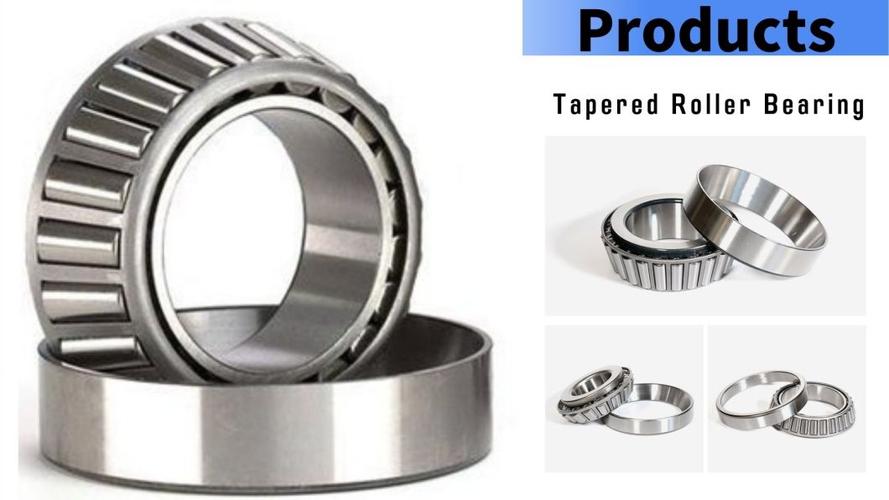Comprehensive Guide to Different Types of Bearings and Their Applications
Bearings are critical components in machinery, reducing friction between moving parts while supporting loads. This article explores various types of bearings, their unique designs, and industrial applications to help engineers and technicians make informed decisions.
1. ball bearings2. roller bearings
3. plain bearings
4. fluid bearings
5. magnetic bearings
1. Ball Bearings

Ball bearings utilize spherical rolling elements to handle both radial and axial loads. Their design features an inner ring, outer ring, ball cage, and lubricant. Commonly used in electric motors, automotive wheels, and household appliances, these bearings offer low friction and high-speed capabilities. Chrome steel remains the standard material, while ceramic hybrids provide superior heat resistance. Maintenance involves regular lubrication and contamination prevention. Recent advancements include self-aligning ball bearings that compensate for shaft misalignment, extending equipment lifespan in industrial settings.
2. Roller Bearings
Roller bearings employ cylindrical, spherical, or tapered rolling elements for heavy-load applications. Cylindrical variants excel in high radial load scenarios like conveyor systems, while tapered versions handle combined loads in vehicle wheel hubs. Needle roller bearings offer space-saving solutions for transmission systems. Proper installation requires precise alignment and preload adjustment. Industrial applications span from wind turbines to mining equipment, with specialized seals protecting against harsh environmental conditions.
3. Plain Bearings
Plain bearings operate through sliding contact without rolling elements, suitable for oscillating motions. Bushings made from bronze, brass, or polymer materials absorb vibration effectively. Hydrodynamic lubrication creates pressure wedges in rotating shafts, while boundary lubrication suffices for slow movements. Common in hydraulic cylinders and crankshafts, these bearings require periodic wear inspection. Modern variants incorporate PTFE linings for reduced maintenance needs.
4. Fluid Bearings
Fluid bearings replace physical contact with liquid or gas films, eliminating mechanical wear. Hydrostatic types use external pumps to maintain pressure, ideal for precision grinding machines. Hydrodynamic versions generate lift through shaft rotation, applied in turbochargers and turbines. Advantages include vibration-free operation and infinite lifespan when maintained properly. Challenges involve complex sealing systems and temperature control requirements.
5. Magnetic Bearings
Magnetic bearings employ electromagnetic forces for contactless rotation, enabling ultra-high speeds in vacuum environments. Active types use sensors and control systems for real-time positioning, while passive versions rely on permanent magnets. Critical in compressors and flywheel energy storage systems, they eliminate lubrication needs but require backup bearings for power failures. Recent developments integrate AI algorithms for enhanced stability and predictive maintenance capabilities.
Understanding bearing types revolutionizes machinery design and maintenance strategies. From traditional ball bearings to cutting-edge magnetic solutions, each variant addresses specific operational challenges. The subsequent sections will analyze load capacity comparisons, lubrication techniques, and failure prevention methods across these bearing categories. Discover how proper bearing selection enhances equipment efficiency, reduces energy consumption, and prevents costly downtime in industrial operations.
This comprehensive guide has examined five fundamental bearing types with their mechanical properties and industrial applications. Engineers must consider load types, operational speeds, environmental conditions, and maintenance requirements when selecting bearings. Emerging technologies continue pushing performance boundaries while sustainability drives material innovation. Proper bearing implementation remains crucial for optimizing machinery lifespan and operational efficiency across industries.




 13869596835
13869596835